
exe01
128 posts
Latest Posts by exe01





A 1400-year-old Ginkgo tree in the Gu Guanyin Buddhist Temple, Zhongnan Mountains of China.

Pardalote



Khnumhotep and Niankhkhnum were ancient royal servants who shared the title “Overseer of the Manicurists in the Palace of King Niuserre.” The two men are depicted on their joint tomb in one of the most intimate poses allowed by Egyptian artistic conventions: face to face, with their noses touching. Niankhkhnum means “joined to life” and Khnumhotep means “joined to the blessed state of the dead;” together their names mean “joined in life and death.” They are believed by some archeologists to be the first same-sex couple in recorded history. The picture shows a detail from their tomb dating to around 2350 BC.
Kagu (Rhynochetos jubatus)
Fantastic art
The smallest act can have the huge impact (Via)
大理dali, 云南yunnan
The Antonina Fountain (160-180 AD) has been restored to its full splendor after centuries of pouring water like a waterfall.
This fantastic monument shows us the power and prestige of the Roman Empire and the wealth and importance that the city of Sagalassos (Turkey) came to have. Between the s. I and III enjoyed great prosperity due to trade and its ceramic production.
(Video ©️Arkeoloji Evreni)





Art by Roberto Nieto
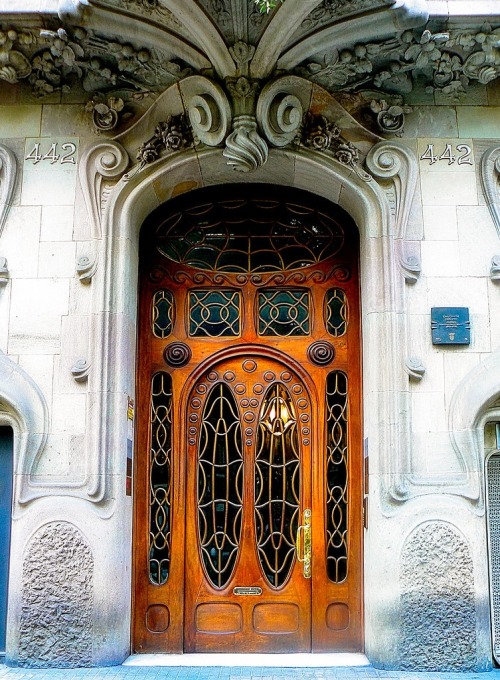
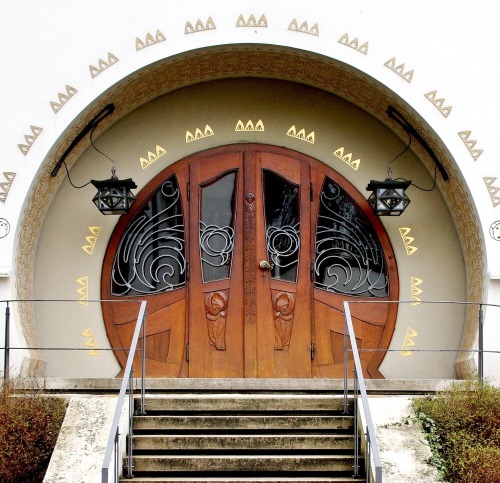
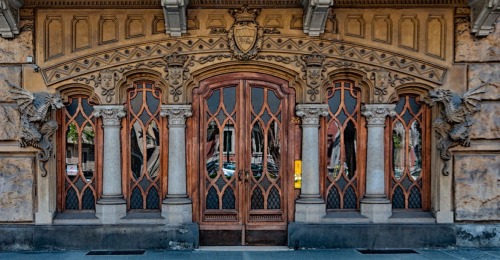
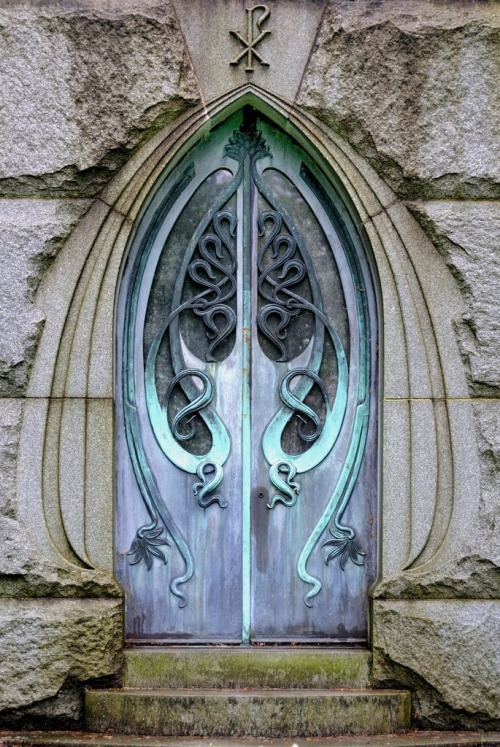
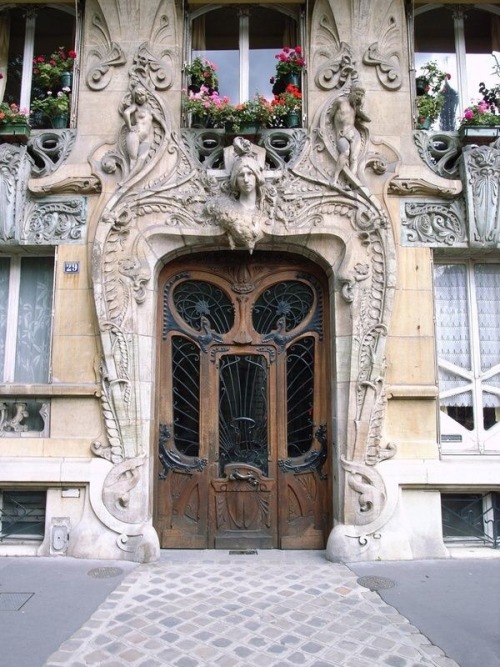
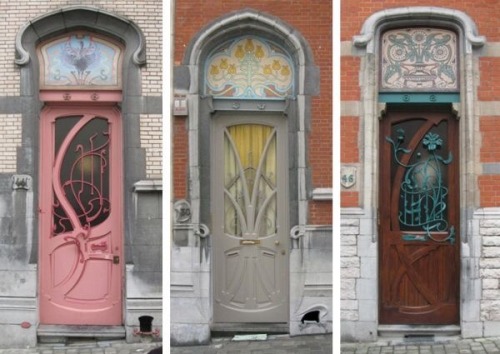
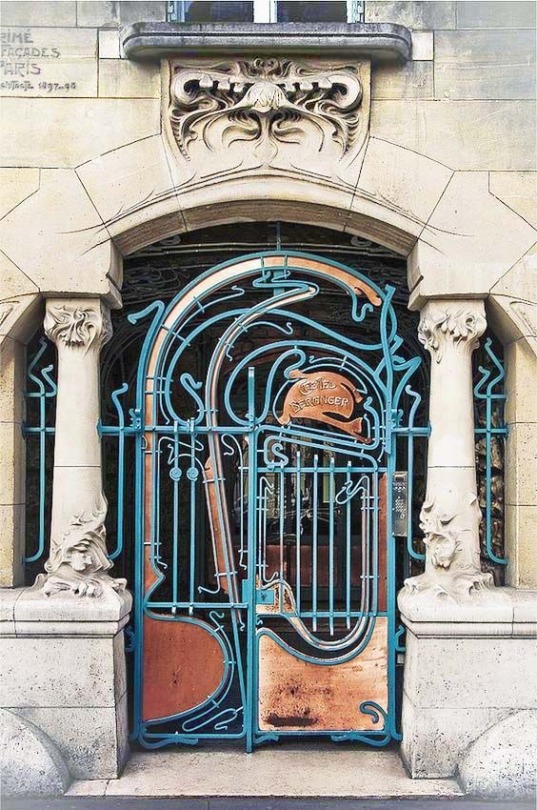

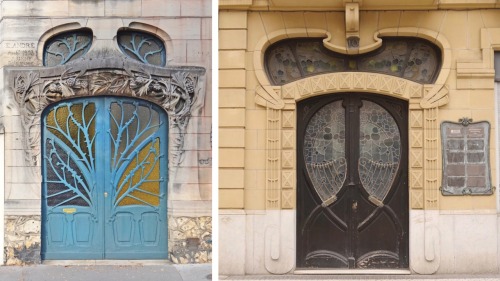

ART NOUVEAU PORTALS
1. Salvador Valeri i Pupurull, Casa Comalat, 1911, Barcelona, Diagonal 442D; 2. Josef Maria Olbrich, Glücherthhaus, 1901, Darmstadt, Mathildehöhe; 3. Gottardo Gussoni, Casa dei Draghi, 1918/20, Torino, Corso Francia 23; 4. Firsch Mausoleum, 1917, Eire Cemetary, Eire Pennsylvania; 5. Jules Lavriotte, Hôtel Lavriotte, 1901, Paris, 29 Avenue Rapp; 7-9. Ixelles, Bruxelles; 10. Hector Guimard, Castel Béranger, 1895/98, Paris, Rue de la Fontaine 14; 11. Strasbourg; 12. E. André, Maison Huot, Nancy, Rue Claude Le Lorrain 92; 13. San Sebastian, Calle Prim; 14. Alfred Wagon, 1904, Place Etienne Pernet, Paris.
Art Nouveau was the first pan-European style since Neo-classicism. Easily imitated, content free, and highly adaptable, the style was particularly appealing to private patrons uninterested in the politics of national styles that had characterized the various historical revivals of the 19th century.
The signature serpentine, coup de fouet gesture could devolve into spineless dither and filigree, however, and by the end of World War I, everyone agreed that the fin-de-siècle was over. In Europe, the various manifesto modernisms prevailed; Americans contented themselves with Art Deco, or, as Roy Lichtenstein put it, “modernism for the home.”
Catedral de Estrasburgo, Francia


Little RC robot | source
Art installation called ‘Dancing Souls’ | source
Fountain in La Guardia airport | source
Pegasus, part of Maurice Feely’s collection, recently posted in our Facebook group.
join us on telegram https://t.me/steampunktendencies





Art by Roberto Nieto

San Francisco
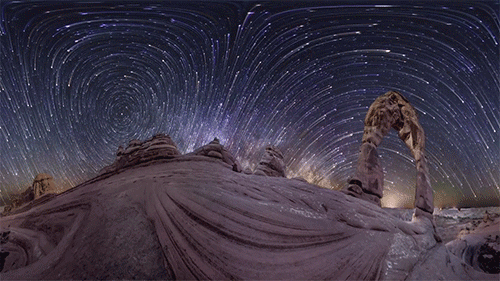
with ℒℴѵℯ










ART NOUVEAU PORTALS
1. Salvador Valeri i Pupurull, Casa Comalat, 1911, Barcelona, Diagonal 442D; 2. Josef Maria Olbrich, Glücherthhaus, 1901, Darmstadt, Mathildehöhe; 3. Gottardo Gussoni, Casa dei Draghi, 1918/20, Torino, Corso Francia 23; 4. Firsch Mausoleum, 1917, Eire Cemetary, Eire Pennsylvania; 5. Jules Lavriotte, Hôtel Lavriotte, 1901, Paris, 29 Avenue Rapp; 7-9. Ixelles, Bruxelles; 10. Hector Guimard, Castel Béranger, 1895/98, Paris, Rue de la Fontaine 14; 11. Strasbourg; 12. E. André, Maison Huot, Nancy, Rue Claude Le Lorrain 92; 13. San Sebastian, Calle Prim; 14. Alfred Wagon, 1904, Place Etienne Pernet, Paris.
Art Nouveau was the first pan-European style since Neo-classicism. Easily imitated, content free, and highly adaptable, the style was particularly appealing to private patrons uninterested in the politics of national styles that had characterized the various historical revivals of the 19th century.
The signature serpentine, coup de fouet gesture could devolve into spineless dither and filigree, however, and by the end of World War I, everyone agreed that the fin-de-siècle was over. In Europe, the various manifesto modernisms prevailed; Americans contented themselves with Art Deco, or, as Roy Lichtenstein put it, “modernism for the home.”